The views expressed in our content reflect individual perspectives and do not represent the authoritative views of the Baha'i Faith.
Juliet Crossley is an artist and musician born in LA and currently living in Nashville, Tennessee. She grew up with an artistic family in a home that heavily valued the arts. Today, her most important audience is her two daughters, who motivate her to create her art. A desire to rectify the injustice that black people in America face fuels Juliet’s artistic practice, which is also heavily informed by her Baha’i Faith. I was lucky enough to have a conversation with Juliet about what inspires her, the project she’s currently working on, and the importance of being encouraging.
[Maya] Can you tell me when, how, and why you started making art?
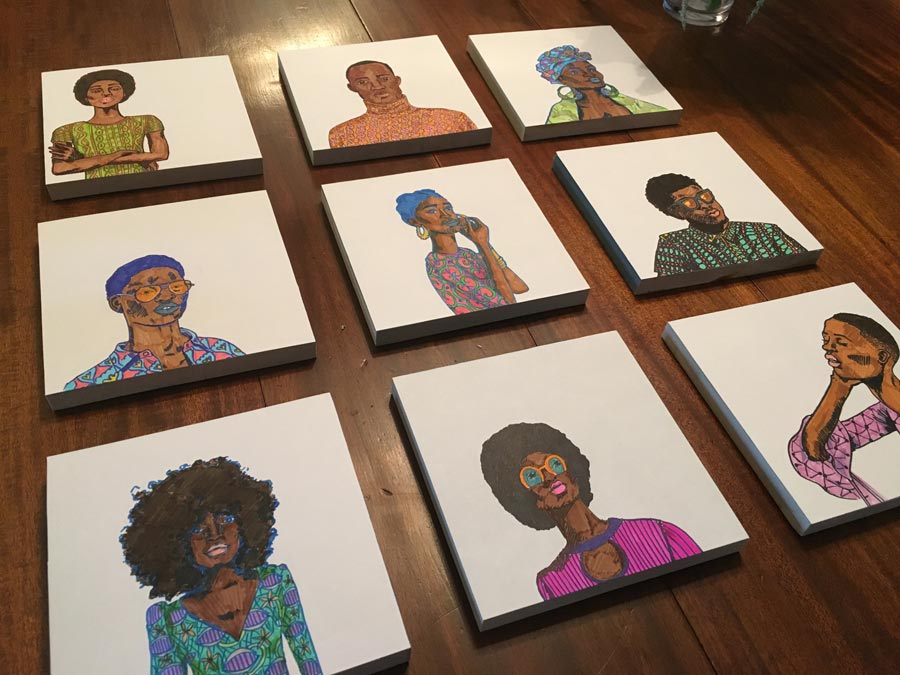 [Juliet] Some of my earliest memories are of making art. I remember when I was 3 or 4 years old I would sit and draw for hours. Sometimes the images were literal, sometimes they were abstract, but they were always super focused, and had a lot of color. I still have a love for color. I was fortunate that my parents always encouraged me—particularly my mom. Whenever I wanted a new material to make art with, she found a way to get it. Also, my parents were really big art lovers. I remember having these interesting paintings, and African masks and sculptures, and other unique things around the house. I remember all of the art in our house very vividly, so I think that contributed to my appreciation for art.
[Juliet] Some of my earliest memories are of making art. I remember when I was 3 or 4 years old I would sit and draw for hours. Sometimes the images were literal, sometimes they were abstract, but they were always super focused, and had a lot of color. I still have a love for color. I was fortunate that my parents always encouraged me—particularly my mom. Whenever I wanted a new material to make art with, she found a way to get it. Also, my parents were really big art lovers. I remember having these interesting paintings, and African masks and sculptures, and other unique things around the house. I remember all of the art in our house very vividly, so I think that contributed to my appreciation for art.
For undergrad, I went to the Art Institute of Chicago, which was amazing. That’s where I started to find a voice. Up until that point, I was just making images. But in college, some really great instructors and professors challenged me by asking me what exactly I was attempting to express through my art. That’s when I started turning to the teachings and spiritual principles of the Baha’i Faith to gain new inspiration and ideas for my artwork.
[Maya] Are there any specific writings from the Baha’i Faith that were central to you finding your voice as an artist?
[Juliet] Definitely. Baha’u’llah spoke about how the sciences and arts are so important for the advancement of society. For example, he wrote:
Arts, crafts and sciences uplift the world of being, and are conducive to its exaltation. Knowledge is as wings to man’s life, and a ladder for his ascent. Its acquisition is incumbent upon everyone. The knowledge of such sciences, however, should be acquired as can profit the peoples of the earth, and not those which begin with words and end with words. … In truth, knowledge is a veritable treasure for man, and a source of glory, of bounty, of joy, of exaltation, of cheer and gladness unto him. Happy the man that cleaveth unto it, and woe betide the heedless. – Baha’u’llah, Epistle to the Son of the Wolf, pp. 26-27.
That quotation really stuck with me. More recently some other quotes have become central to my work. For example, in one of his letters, Baha’u’llah explained the true meaning of different concepts, like love and faith, and in one particular part, he wrote about reliance:
True reliance is for the servant to pursue his profession and calling in this world, to hold fast unto the Lord, to seek naught but His grace, inasmuch as in His Hands is the destiny of all His servants. – Tablets of Baha’u’llah, p. 155.
That has formed my perspective of art as a profession. Each person has God-given talents, and if we use those talents, God will take care of everything. Every day I recite that quotation and it helps me in the creative process.
[Maya] Can you tell me what you’re working on now?
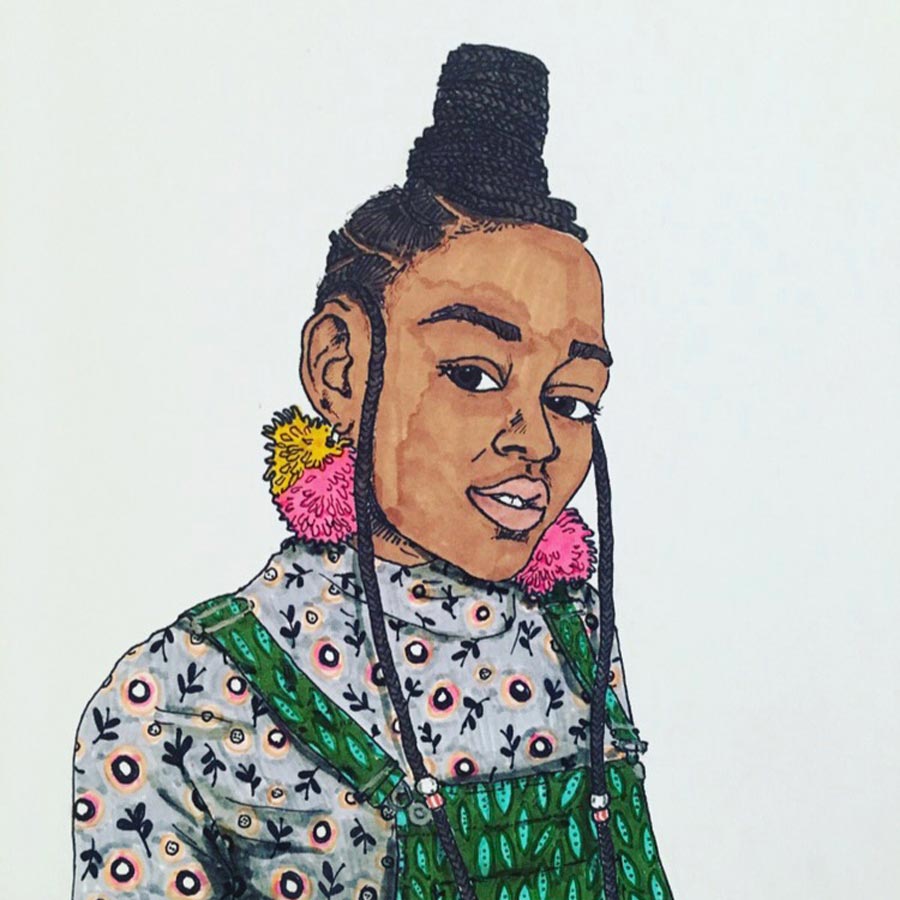 [Juliet] The project I’ve been working on in the last year is a direct response to the injustice and violence I’ve been seeing, due to the misrepresentation of black people in this country. That, for me, is where I connect my spiritual drive to my art. I feel like I have to respond to this.
[Juliet] The project I’ve been working on in the last year is a direct response to the injustice and violence I’ve been seeing, due to the misrepresentation of black people in this country. That, for me, is where I connect my spiritual drive to my art. I feel like I have to respond to this.
I didn’t grow up in the U.S. but I’ve lived here for over 20 years. I didn’t grow up exposed to racism the way it exists in America. It was really challenging for me when I first got here, and it’s still challenging now. I feel like I wasn’t equipped to face these challenges. What’s so beautiful about the black community is that through the hardship and struggle, we’ve had to develop specific attributes to deal with this daily, ongoing injustice. That’s a really remarkable thing to me.
This project started because I wanted to put something positive out there related to black people. I kept seeing all these injustices in the news, and experiencing racism myself. Really, the last few killings and shootings of innocent black people … I had to respond in a creative way. I started collecting photographs of people who were striking in some way, and also began drawing them. If I knew they were exuding a specific spiritual quality or virtue, I would approach them and ask if I could draw them. My whole purpose was to create beautiful images of black people, that allow them to be seen through a spiritual perspective—a true representation—in effort to elevate us beyond the restrictions our society places on us. My goal is to contribute in this way. I mostly wanted to do it so my kids can have these images around them. Once I started putting these images out there on the internet, I didn’t realize people would respond so positively. That’s been really exciting for me and inspires me to continue to do this, and find new ways to create these pieces. It resonates with people.
[Maya] What other artists do you look to for inspiration?
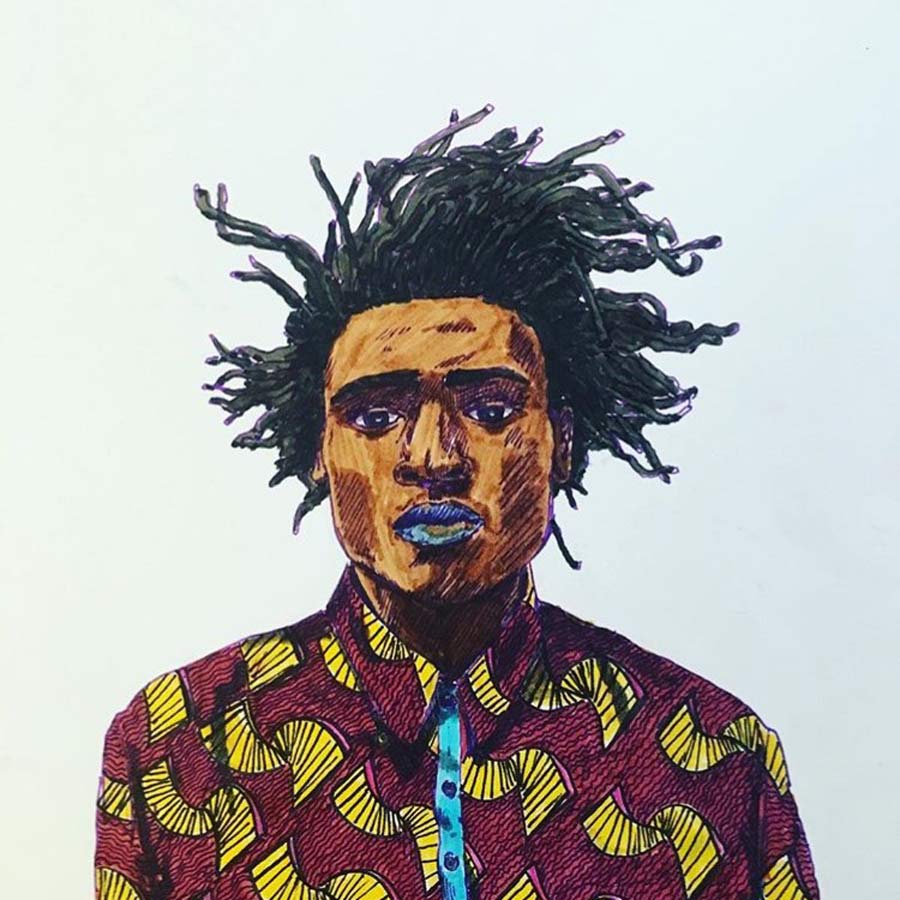 [Juliet] I’m always looking for inspiration, because there’s so many wonderful black artists out there that are creating really powerful work. I am inspired by Brianna McCarthy’s art, both compositionally and aesthetically. I love her use of color and island nature and especially her stylistic approach to creating black imagery. Also, I’m really impressed by Kehinde Wiley’s work, his message, and how he elevates black people in this portraiture way that you don’t typically see. I love his use of pattern. Titus Kaphar is someone I have followed for a bit too. His work is an important commentary on black representation in history and his imagery is incredibly haunting. And I love Amy Sherald’s work. I’ve been following her for a couple of years and I actually sent her a message when I first stumbled upon her. She responded and was so sweet and encouraging to me. That was amazing—to have her tell me to keep doing what I’m doing.
[Juliet] I’m always looking for inspiration, because there’s so many wonderful black artists out there that are creating really powerful work. I am inspired by Brianna McCarthy’s art, both compositionally and aesthetically. I love her use of color and island nature and especially her stylistic approach to creating black imagery. Also, I’m really impressed by Kehinde Wiley’s work, his message, and how he elevates black people in this portraiture way that you don’t typically see. I love his use of pattern. Titus Kaphar is someone I have followed for a bit too. His work is an important commentary on black representation in history and his imagery is incredibly haunting. And I love Amy Sherald’s work. I’ve been following her for a couple of years and I actually sent her a message when I first stumbled upon her. She responded and was so sweet and encouraging to me. That was amazing—to have her tell me to keep doing what I’m doing.
[Maya] I love when you meet people that you look up to and they’re encouraging.
[Juliet] I think it gave me a lot of confidence to keep going, because self-doubt can be such a barrier.
[Maya] I think being an artist can be lonely sometimes. It’s not as if you have coworkers … unless you’re working on a collaborative piece. How do you overcome self-doubt?
[Juliet] It’s something I have to consciously address. If I have a negative thought, I have to be aware of how I can refocus it. I think it really helps to be around other creative people. My husband is so artistic, and we share that. He’s really like a sounding board for me, so if I’m unsure of something, I’ll show it to him and he’s so good at knowing what I’m capable of and giving me feedback. It helps me push a piece to the next level. Surrounding yourself with people that can do that for you is really important as an artist. Otherwise, you’re just creating art in a vacuum.
[Maya] Abdu’l-Baha said that “work done in the spirit of service is the highest form of worship.” [quoted from A Compilation on Baha’i Education] What does that mean to you?
[Juliet] One of my favorite things about the Baha’i Faith is that very concept. For me, it means that we can be in a constant state of worship from moment to moment throughout our day. What becomes important is our intention, thought, and motivation—the spirit in which we go about doing things. For me, this means being aware that in any work I’m doing—whether it’s being a parent to my kids or working on an art piece—I can have purpose. This reminds me that we have the ability to contribute to our spiritual growth and development by the spirit in which we do things.
[Maya] What do you want your kids to get out of your work?
[Juliet] I want them to be able to see themselves in the things I’m making. I think it’s so important to have around you images in which you can see yourself. I want my kids to know that black people are made of light—that black people are beautiful. I want them to go out into the world armed with that knowledge, because there’s so much of the “other” out there. For me, growing up, I was fortunate to have images in my house of people that looked like me. That was so important—to show me that there’s enough value in black people to have this representation of us. That’s really important for mixed girls, for black girls.
You can find more of Juliet’s art here.


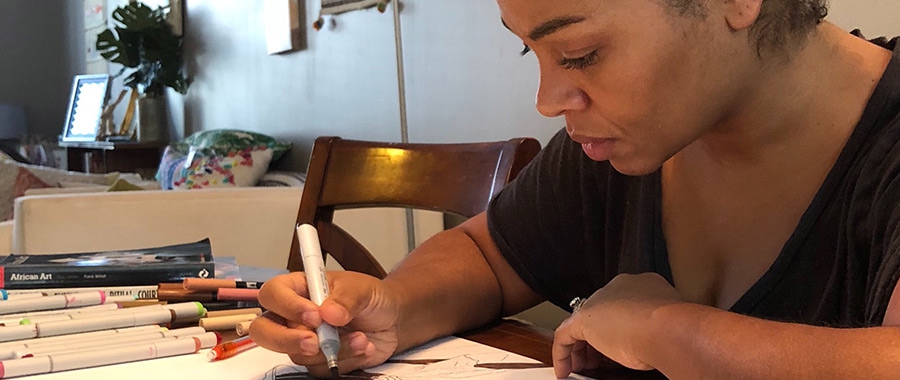

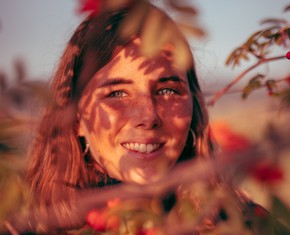
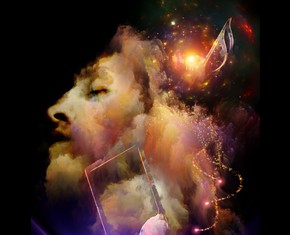
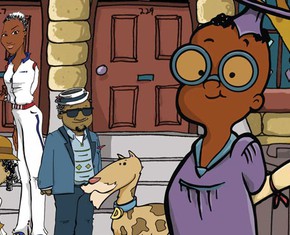
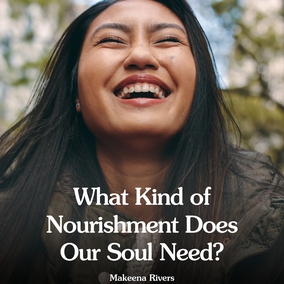


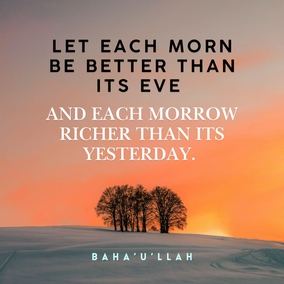
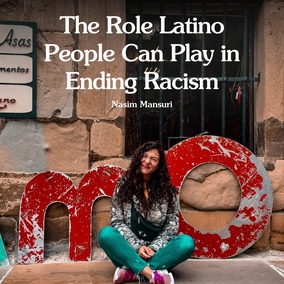




Comments
Sign in or create an account
Continue with Googleor